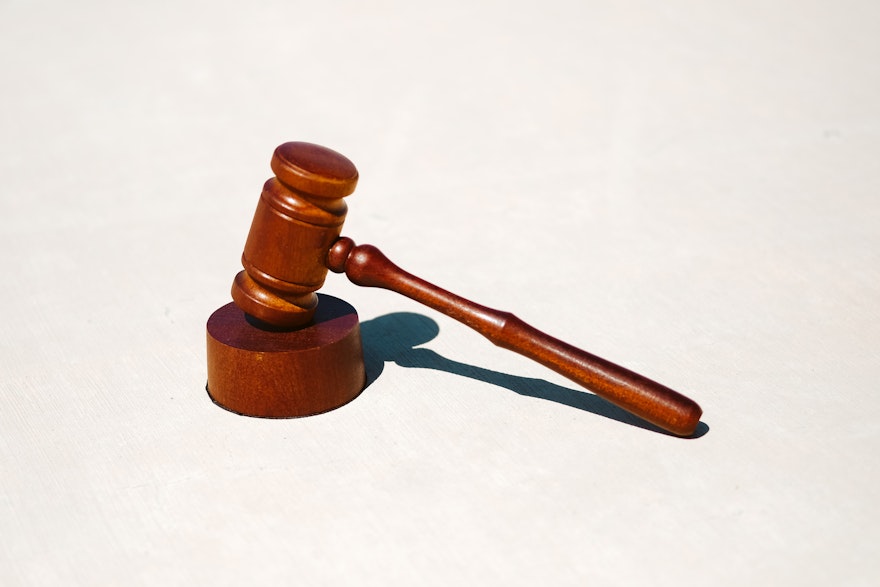The landscape of higher education is constantly evolving, and one of the challenges that institutions face is the potential for legal actions from students who feel they have been misled or harmed by their educational experience. One such legal avenue is the Borrower Defense to Repayment program, designed to provide student loan forgiveness to those who believe their school engaged in fraudulent or deceptive practices. In this blog post, we'll delve into the borrower defense lawsuit from the perspective of educational institutions, shedding light on the complexities, implications, and steps schools can take to navigate this process.
Understanding Borrower Defense
The Borrower Defense to Repayment program was established to offer relief to students who attended schools that engaged in acts of misrepresentation, fraud, or other deceptive practices. While this program aims to protect students, it also raises concerns for institutions that may be subject to these allegations. Schools often view these lawsuits as a challenge to their reputation, financial stability, and overall credibility. It's crucial to note that not all claims made under the Borrower Defense program are genuine, making it essential for schools to have a robust strategy in place to address such claims effectively.
Challenges Faced by Schools
The borrower defense lawsuit had created a number of challenges that for-profit schools must now consider and deal with. Some of these challenges are the following:
1. Reputation Management
Accusations of misleading practices can tarnish a school's reputation, leading to decreased enrollment and damaged relationships with alumni, donors, and other stakeholders. Schools must be proactive in addressing such claims and maintaining transparent communication to mitigate potential reputation damage. It can even put your school’s accreditation at risk.
2. Financial Implications
Defending against borrower defense claims can be financially draining for institutions, often leading to legal fees and settlements. These expenses can impact the school's budget, potentially resulting in cuts to academic programs and student services.
3. Compliance and Documentation
Schools must maintain comprehensive documentation of their practices, policies, and communications with students. Failing to do so can weaken their defense in the face of borrower defense claims. Proving that proper disclosures were made and that students were provided accurate information becomes essential. Having a proper paper trail has always been important for schools, but it’s crucial now to have a thorough record for each student and effectively manage student data.
4. Administrative Burden
Dealing with borrower defense claims demands significant administrative resources. Schools must allocate time and personnel to collect evidence, respond to inquiries, and participate in legal proceedings if necessary.
Navigating the Borrower Defense Process
As a school, the borrower defense lawsuit has definitely shaken up the education space. However, it’s important to proactively think about how you will handle the decision moving forward. Here are a few things you should consider:
1. Transparency and Communication
The cornerstone of handling borrower defense claims is maintaining transparent and open communication with students. Schools should ensure that all marketing materials, enrollment agreements, and other communication accurately represent the institution's offerings, outcomes, and costs.
2. Documentation
Schools should maintain a thorough record of all interactions with students, including emails, enrollment agreements, syllabi, and other pertinent documents. These records can serve as crucial evidence in defending against unfounded claims. Having a student information system in place can help maintain digital records for all students.
3. Legal Counsel
It's prudent for schools to engage legal counsel experienced in education law to guide them through the borrower defense process or other legal processes. Legal experts can help schools assess the validity of claims, gather evidence, and formulate a strong defense strategy. You should always work with legal counsel when handling any sorts of accusations against the school.
4. Proactive Measures
To minimize the risk of borrower defense claims, schools should periodically review and update their policies, practices, and communication materials to ensure compliance with regulations. Providing accurate and transparent information to students from the outset can prevent future legal challenges.
The Future of Borrower Defense
As educational institutions continue to adapt to the changing landscape of higher education, it's important to acknowledge that the borrower defense landscape may also evolve. Regulatory changes and policy updates can impact how schools handle borrower defense claims. Staying informed about any alterations to the borrower defense regulations and guidelines is vital for schools to ensure compliance and readiness.
Moreover, as technology advances and information becomes more accessible, schools have an opportunity to be proactive in preventing borrower defense claims. Utilizing data analytics and artificial intelligence to monitor student sentiment and feedback can help institutions identify potential concerns early on and address them before they escalate into legal actions.
Collaboration within the education sector can also play a role in shaping the future of borrower defense. Schools, accrediting bodies, and government agencies can work together to establish clear standards and expectations, ensuring that students receive accurate and honest information about their educational choices.
Final Thoughts
The borrower defense lawsuit is a reality that educational institutions must contend with, navigating its challenges while staying focused on their mission of providing quality education to students. While the process can be complex and demanding, institutions that prioritize transparency, documentation, and compliance can better position themselves to protect their reputation and financial stability.
By understanding the borrower defense program from a school's perspective and taking proactive measures, institutions can foster an environment of accountability, integrity, and trust. As the education landscape continues to evolve, schools that approach borrower defense with diligence and a commitment to ethical practices are likely to thrive in the face of these challenges, ensuring that both students and institutions receive the benefits of a fair and equitable educational system.
Borrower defense lawsuits represent a complex and multifaceted challenge for educational institutions. While the primary goal is to protect students from deceptive practices, schools must also safeguard their reputation and financial stability. By embracing transparent communication, maintaining meticulous documentation, adopting new technologies, seeking legal counsel, and taking proactive measures, institutions can navigate the borrower defense process more effectively. Balancing accountability and due diligence is crucial for institutions striving to provide quality education while mitigating the risks associated with legal actions. If you’re looking for new software to help you manage student records in the wake of these developments, click here to learn more about how MyPath can help your school.

